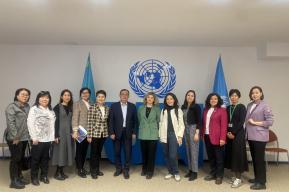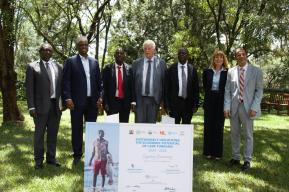Article
Aymara has not said its last word

Since May 2022, it has been possible to use Google Translate to translate Aymara. This is the newest technological advancement for the Aymara language, spoken by more than two million people in Bolivia, Chile and Peru. And it's not the only one. In recent years, mobile phone applications targeting the community have multiplied. “Killa” connects Aymara speakers with health personnel, whereas “Felisa Yanapiri” offers virtual assistance allowing Bolivian women to know their rights and escape the cycle of gender-based violence. In addition to helping the language to integrate into the technological world, such initiatives can stem its decline.
Aymara originates from the Andean region of Lake Titicaca, and is the third most widespread Amerindian language after Quechua and Guarani. Despite the large number of speakers, the situation of the language remains fragile and is symptomatic of the vulnerability of other indigenous languages. It is estimated that of the approximately 6,700 languages spoken in the world, more than 2,300 are threatened because they are not sufficiently practiced – and the majority of them are indigenous.
Speakers of indigenous languages tend to associate their disadvantaged social status with their culture and therefore often renounce their language in order to overcome discrimination. However, the loss of unique history, culture and environmental knowledge that occurs when a language dies is irreparable. To draw attention to the decline of indigenous languages and the need to preserve them, the United Nations has proclaimed the period between 2022 and 2032 as the International Decade of Indigenous Languages.
As for the Aymara language, recent years have brought some signs of revival. It has now achieved formal status as an official language in Bolivia and Peru, which has resulted in better political and cultural recognition. In Peru, for instance, the public television station recently began broadcasting news in Quechua and Aymara, a first in the history of the country. Besides, in 2009 the intangible cultural heritage of Aymara communities in Bolivia, Chile and Peru was selected for the Register of Good Safeguarding Practices by the Intangible Cultural Heritage Committee of UNESCO.
Alwa, one of Bolivia's first rappers, represents a new generation that does not hesitate to affirm the regained dignity of indigenous peoples. Wearing the traditional pollena, an ample Bolivian skirt, and the black bowler hat bombín, the young girl, whose first name means “dawn”, is about to release her first album following her success on Tiktok.
In the same issue









